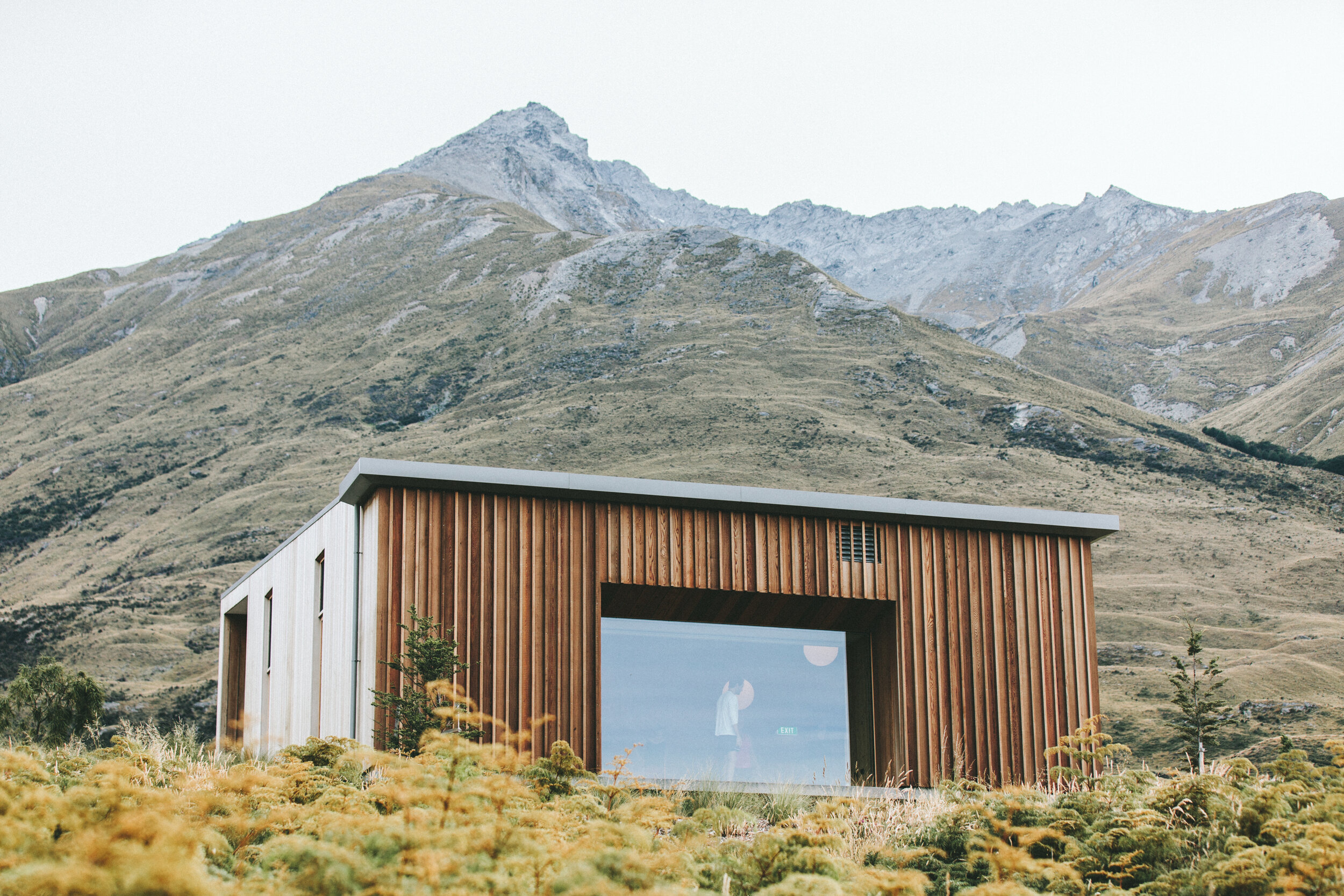
Make it stand out.
Whatever it is, the way you tell your story online can make all the difference.
Confidentiality
To manage risk in regard to privacy I use formal confidentiality agreements, non-disclosure agreements and model releases. These protect the people I work with. They guarantee anonymity where requested, allow people to opt out of a project we’ve worked on at any time, and ensure that what they say is used collaboratively and in context.
My responsibility for protecting people’s confidentiality goes beyond signing a paper form. It’s worth reading Scarlett Alliance’s advice on media ethics to understand how identifying sex workers by location, place of work, etc. can threaten their right to privacy and can expose them to very real dangers due to stigma and discrimination.
Interview Process
I usually share a project Fact Sheet with people prior to interviewing them so they understand what my project is about, why I'm interested in interviewing them, what happens with the interview, etc. Before we start the interview I'll explain again what's covered in the fact sheet and answer any questions. I stress that they can choose not to start the interview, or withdraw at any point without any need to explain why.
Depending on the interview I'll ask them to sign one of a number of agreements, such as a confidentiality agreement or model release form.
Audio Interviews
I usually record audio interviews on a digital audio recorder, and when I record an interview with someone I always transcribe it. When I began my project I did all the transcription myself, but I found it impossible to complete a story and pitch the result in a timely manner because transcription took up too much time. Instead, I now either use someone I trust who is supportive of sex work activism, or a transcription service (http://www.transcription.net.au/). In both cases a non-disclosure agreement is signed. I’m also careful, prior to submitting audio for transcription, to cut anything that may be off the record. All materials are deleted by the third party once transcription has been completed.
Video Interviews
I tend not to interview people on video with a concealed identity. This is partly because if you know enough about technology you can unscramble an out-of-focus face, a silhouette's shadows can be brightened to reveal someone, people can be identified from a body shot by their tattoos or jewellery, and the location of the video can give away someone's identity. If it's a video interview, the interviewee has to be happy to appear on camera.
Digital Security
Technology and digital security also have a role in protecting confidentiality. I record digital audio and video interviews and make digital transcripts, so I have responsibility to ensure that confidentiality is not compromised. Recordings and transcripts are held securely on password-protected encrypted external hard drives and never in the Cloud (e.g. Dropbox or Evernote). The hard drives or laptops I work on that may contain any confidential material will never be recycled or sold on. I use Evernote to save news articles and PDFs of legislation, and for some of my writing, but not for transcripts or sensitive material. And, you’ll also notice a formal disclaimer at the bottom of all my emails.
I regularly review all my model releases, confidentiality agreements and digital security.
Reading List
Some of the reading that has informed this process includes:
Scarlet Alliance - Multiple resources, including Media ethics and non-english speaking background sex workers.
Witness - have a range of resources for activists including guides to confidentiality with regard to interviewing and interviewing survivors of sexual based and gender violence.
Reporters Sans Frontieres - resources on digital Security.
Research Project Germany - Matthias Lehmann’s project on sex work regulation in Germany.
The Sex Workers' Project - multiple resources, including the Sex Workers Project media tool kit.